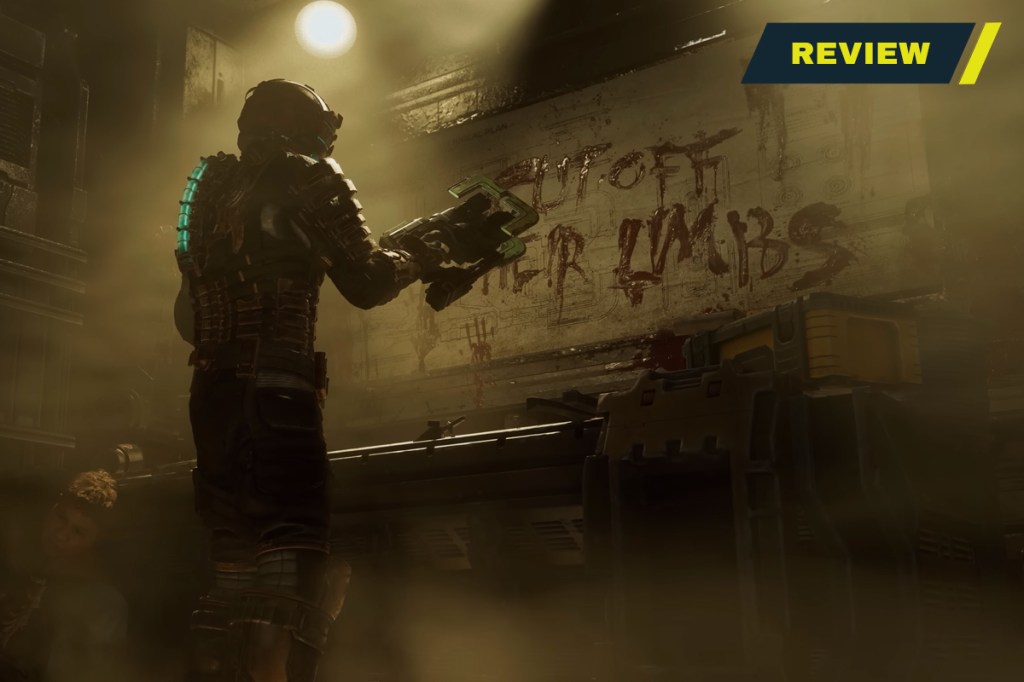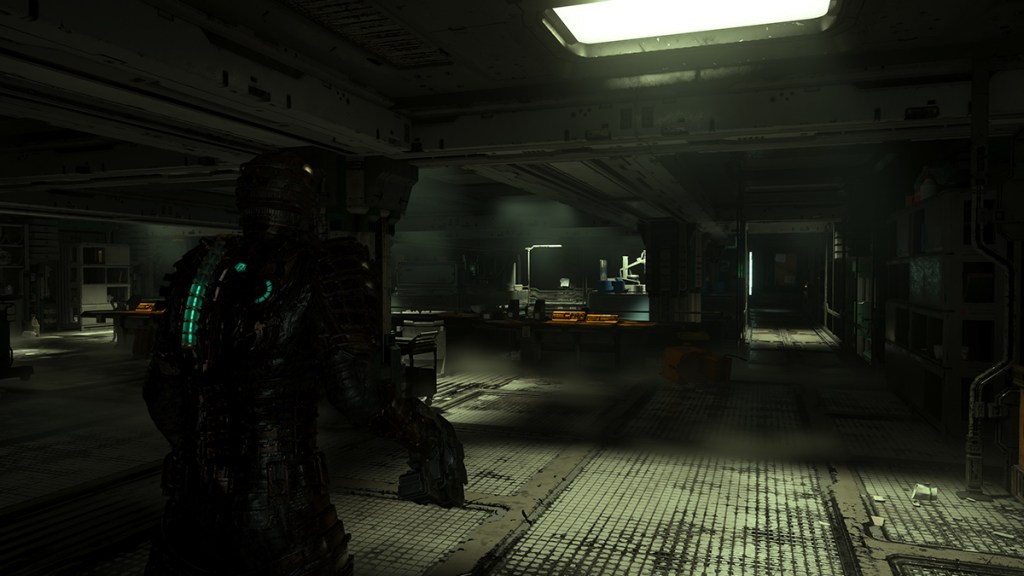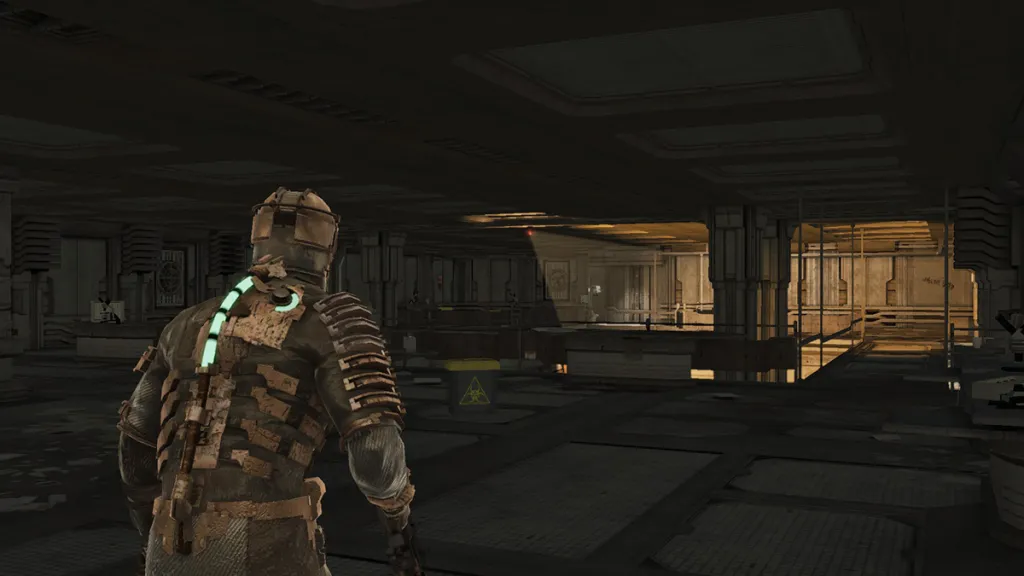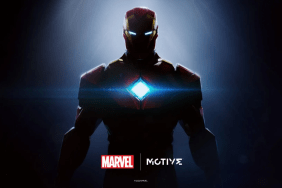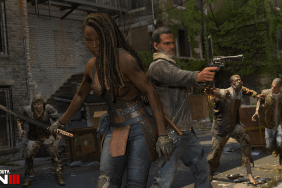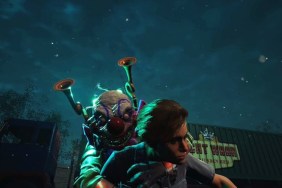Dead Space has drifted aimlessly in space since 2013 after Electronic Arts unceremoniously severed its umbilical cable. It died on its worst entry, one plagued by bloat, a lopsided appetite for action, and a ridiculous ending that was both too silly and not silly enough. It was almost a mercy killing, but still a premature one at that. A remake of the original was the smartest way to reset the franchise, and that’s the route Motive Studio went down with its 2023 remake. Instead of just mindlessly reconstructing the 2008 hit, the studio has honed in on its many strengths, smoothed out its rough spots, and developed one of the best remakes of all time.
Thanks to Capcom, there are a handful of impeccable horror remakes out there, but this Dead Space one still stands out because of how brilliantly Motive tweaked the very foundation of the game. While the 2008 original was a linear rollercoaster through the USG Ishimura, the studio has taken the cart off the rails and allowed players to travel to almost every corner of the ship via the tram right up until the end of the game. Unitologists are delusional lunatics, but at least they keep the trams running on time, even during deadly outbreaks.
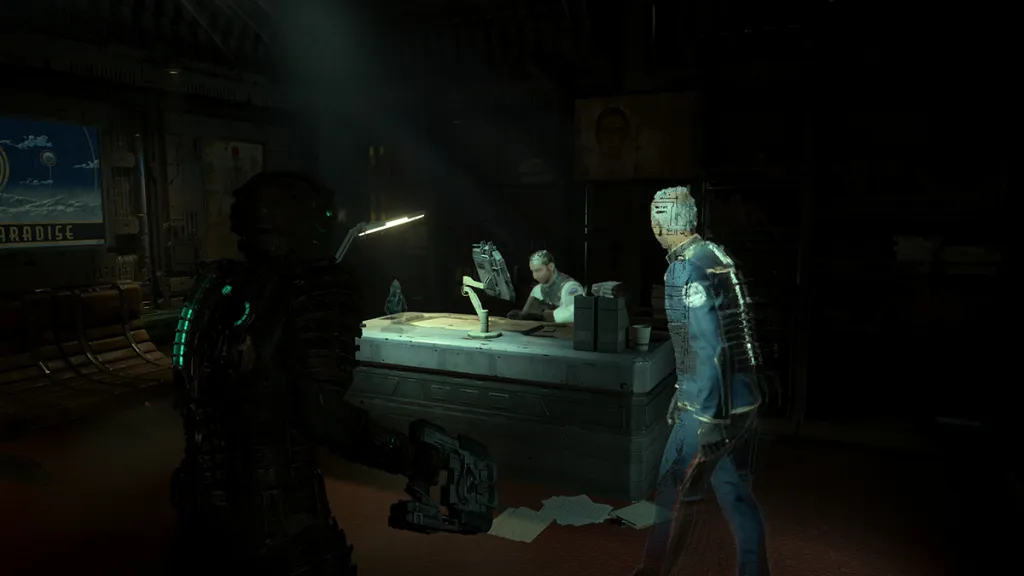
Breaking from linearity improves the experience in multiple ways. Backtracking is encouraged because of the multiple locked boxes littered around the ship that gradually open up as protagonist Isaac Clarke’s security clearance rises. These gated rooms or lockers often hold valuable upgrades or a bevy of items, which are alluring in a game like this where resources are at a premium.
Side missions also encourage players to poke around, as they provide items and narrative nuggets. There are only a few, but they each yield extra context to the events leading up to the Ishimura’s downfall and mostly focus on Isaac’s girlfriend Nicole and Dr. Challus Mercer, the deranged antagonist. For such a pivotal character who is the reason that Isaac even goes to the damned ship, Nicole was hardly explored in the 2008 original; Challus didn’t fare much better, either. These new side quests provide more backstory into her character and also intertwine with her history with Isaac and troubles with Mercer before the collapse. Their stories are efficiently intertwined and only add to the experience without dragging it down.
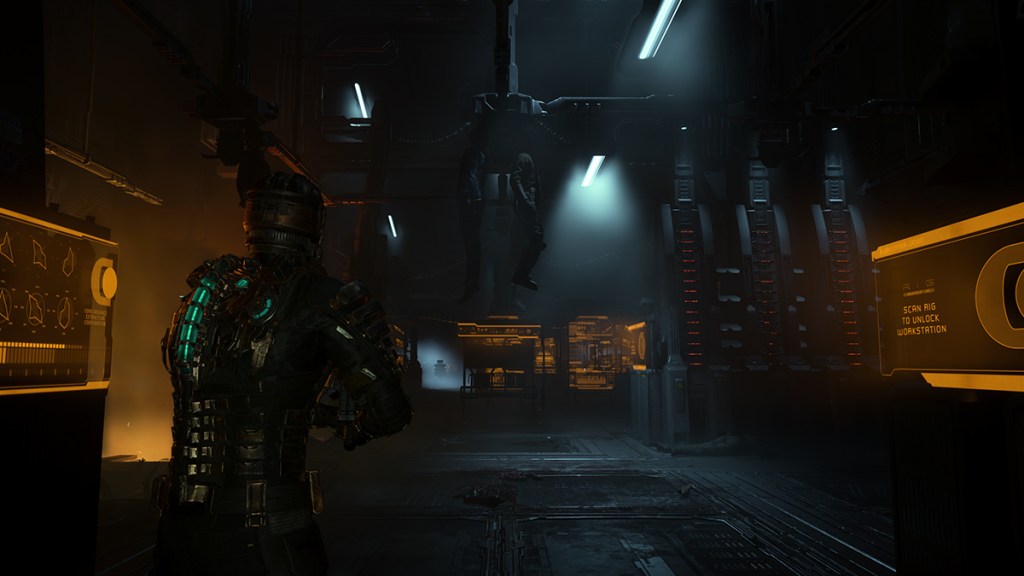
The newfound interconnectivity works with the optional objectives in order to add to and enhance what was already there. While its destroyed corridors and blood-soaked walls were always memorable, being able to run back and forth and see how it all connects together gives Dead Space a quality that most of the best Resident Evil games have. Familiarity and interwoven level design are a big reason that the Raccoon Police Station and Spencer Mansion are some of the best video game settings. And by giving the Ishimura those same qualities (and even slightly redesigning the layout to better fit those goals), Motive has elevated this ghost ship into that echelon of horror levels with a brilliant sense of place.
Backtracking through areas is still intense because of the Dead Space remake’s Intensity Director which dynamically changes areas players have previously gone through. This could mean that lights may flicker, vents might explode, or enemies can pour in at almost any time; there is no sanctuary aboard the Ishimura. This crushing sense of dread doesn’t let up and having to always keep an ear out is exhausting, but consistent with the level of terror a Dead Space game should evoke.
Even though it is generally a thoughtful system that makes the game unpredictable and highly replayable, it’s not as creative as it could be. While Motive claims there are more than 1,200 unique events, the game leans on simply spawning enemies in front of the player more often than not. This is still effective since the persistent threat of a mangled, screaming monster jumping out of the ceiling is terrifying, but there are more subtle ways to mess with players. Lights sometimes turn off and the tram may stop suddenly, but there aren’t quite enough of these unique and less bombastic scares mixed in.
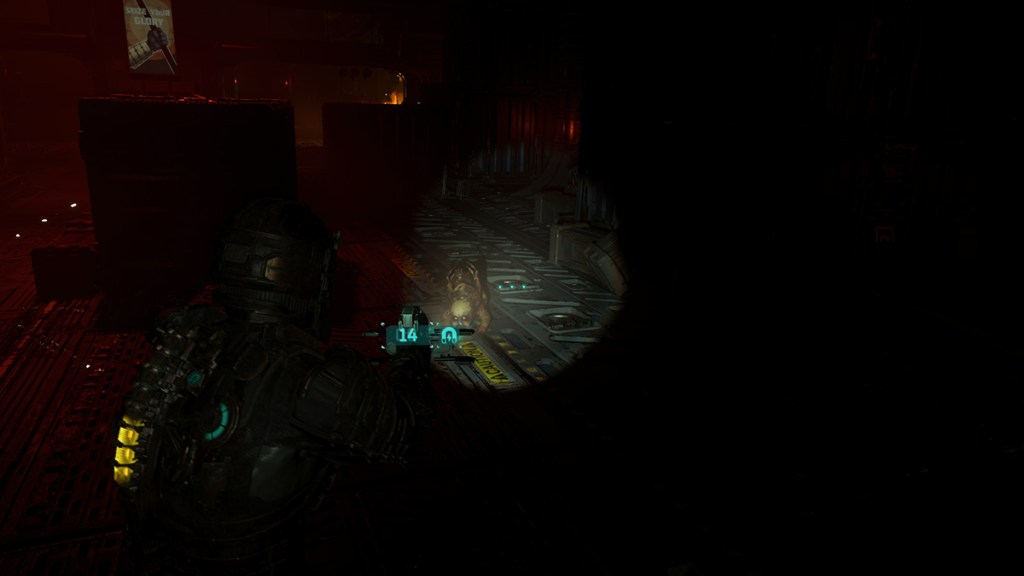
The Intensity Director makes this remake significantly creepier than the original, but it is only part of the equation. This 2023 version makes the original look like a lit-up street in Las Vegas in comparison, as this remake is smothered in suffocating darkness. Rooms that were previously reasonably lit are almost completely dark now, which ratchets up the tension since darkness is unsettling on a primal level. Having a more limited view is disturbing and further emphasizes its atmosphere and how busted the Ishimura is. Its lighting demonstrates how superior technology can make for a superior game because it contributes directly to its gameplay and mood.
Dialing up the horror hasn’t had an inverse reaction on the action since it is also superior but for different reasons. Dead Space is now significantly faster and more fluid, bringing in advancements seen in its sequels as well as the genre as a whole. Stasis and kinesis activate almost instantaneously, melee attacks are punchier and have smoother animations, Isaac can now reload and switch weapons while running, and the button placement, while highly customizable, is more natural and consistent with its contemporary peers. Most of the weapons have even been reworked to be more effective, and upgrades no longer require wasting nodes on empty spaces.
These tweaks allow for the strategic dismemberment at the core to shine more brightly since it is a deeply satisfying mechanic that almost flawlessly aligns with the tenets of survival horror. Having to make precise choices under pressure is a hallmark of horror, and Dead Space gamifies that feeling and turns it into an endlessly rewarding micro-gameplay loop. Unfortunately, the unwieldy viewpoint means this doesn’t apply to the scripted segments where players have to shoot the tentacle dragging them, but thankfully there are only a handful of these sequences.
Being able to more effectively use items around the environment or a severed necromorph claw with the streamlined kinesis ability makes that loop even more gratifying since it rewards thoughtful and precise play — watching a necromorph get pinned to the wall with its own claw is just the perfect finishing touch. The Ishimura even has more stray pipes strewn around for the attentive players who want to conserve ammo, showing how Motive smartly adapted the levels to better fit these gameplay enhancements. The wall-bound Guardian necromorphs, however, are twice as annoying to deal with because they are way more resilient for some reason.
Motive’s changes go far beyond the mechanics, often manifesting in understated ways that can easily be overlooked. These adjustments range from accurately labeled rooms to an easily readable map to wider, denser areas that are decorated with more items, debris, or fleshy goop, whichever is more applicable. Necromorphs even take noticeable battle damage, a seemingly cosmetic flourish that, along with being grosser, clearly demonstrates which limbs are closer to snapping off.
And while moving freely in Zero-G is frustrating because of how slow and disorienting it is, the Dead Space remake is filled with many types of improvements that add up to equal a more immersive experience with a modernized presentation. A handful are particularly clever since they subvert what happened in the original for the sake of a better scare, thoughtful payoff, or more involved gameplay segment.
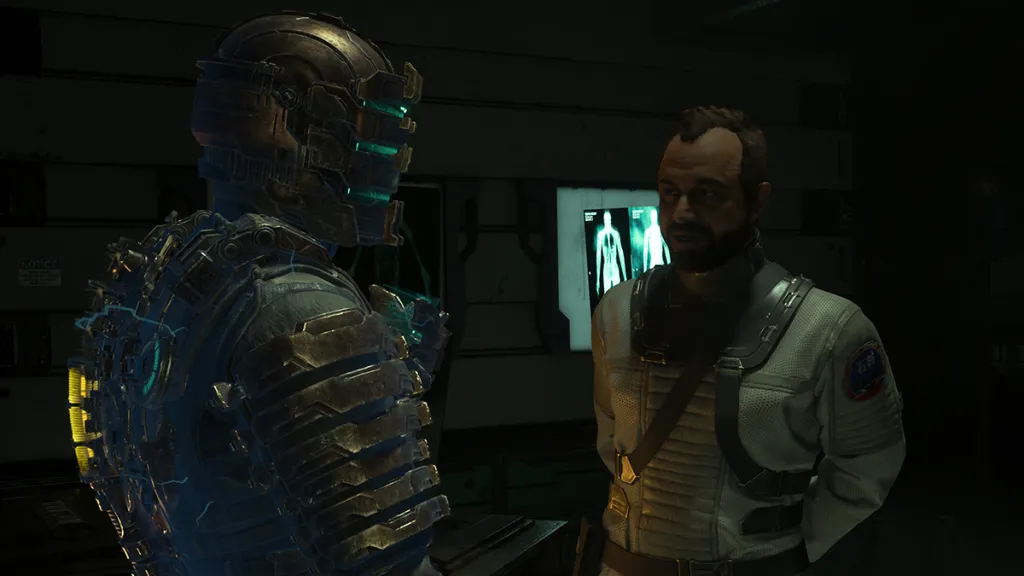
Motive’s treatment of the story is similarly crafty since it goes through many of the same beats, but adds better context. Isaac is thankfully no longer a mute and less of an errand boy. Instead of being talked at and ordered around, he decisively pushes forward and is the one coming up with the solutions, ones he is able to solve because of his engineering background. It’s more honest to the character and a better fit since the sequels showed how much stronger Isaac is as an active protagonist.
The few other secondary characters are also given more characterization — as noted by the aforementioned side quests — that further explain their motivations and backstories. It’s still a relatively straightforward story about surviving, but these types of tales lean primarily on their characters, so fleshing them out was a great way to improve the story without padding it out.
Dead Space’s decrepit corpse has been revitalized like the many necromorphs that slither and slink around the Ishimura. Motive Studio didn’t just reanimate a well-loved cadaver, but intelligently modernized the horror classic by highlighting and expanding upon what worked and changing what didn’t. This combination means that Dead Space is far scarier and more action-packed than the original while also having a more nuanced narrative that is able to build off what worked in the following games. It’s unclear if this is a prelude to a Dead Space 2 remake or an original sequel, but it’s an incredible new starting point nonetheless.
SCORE: 9.5/10
As ComingSoon’s review policy explains, a score of 9.5 equates to “Excellent.” Entertainment that reaches this level is at the top of its type. The gold standard that every creator aims to reach.
Disclosure: The publisher provided a PlayStation 5 copy for our Dead Space review. Reviewed on version 1.000.003.
